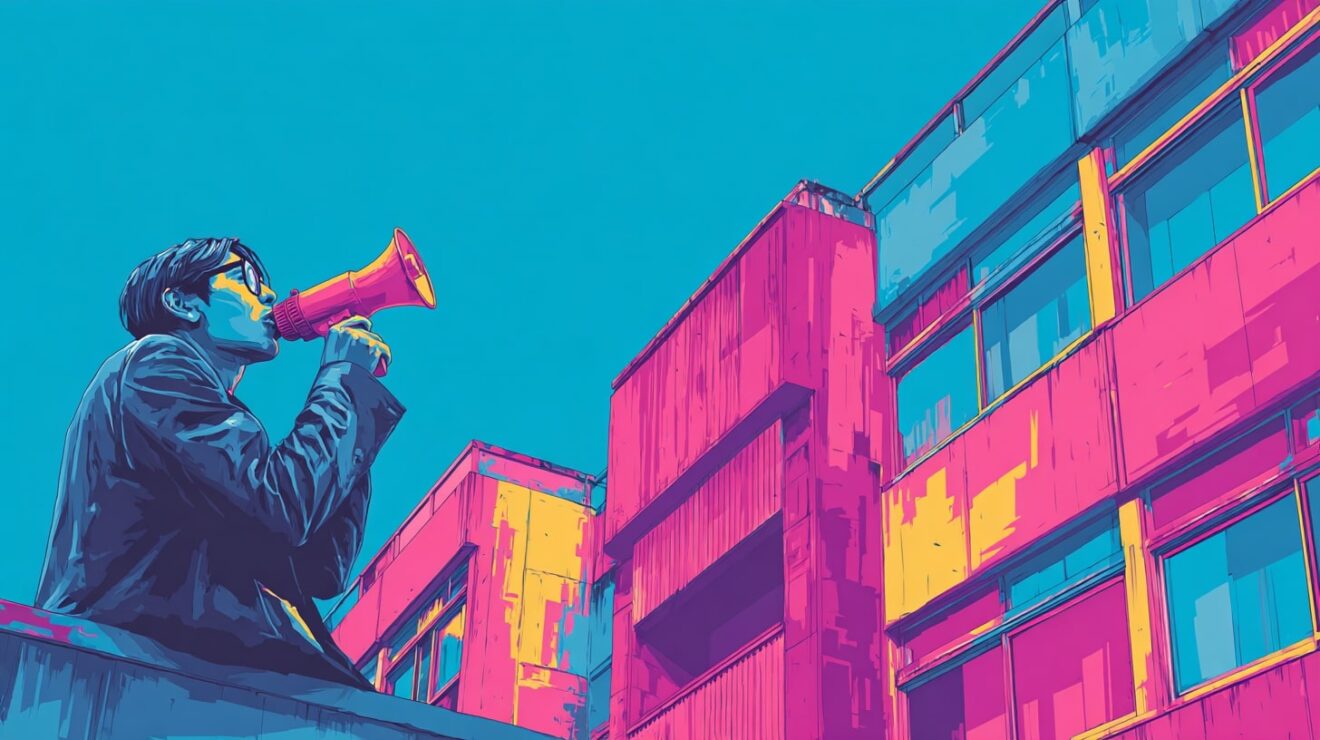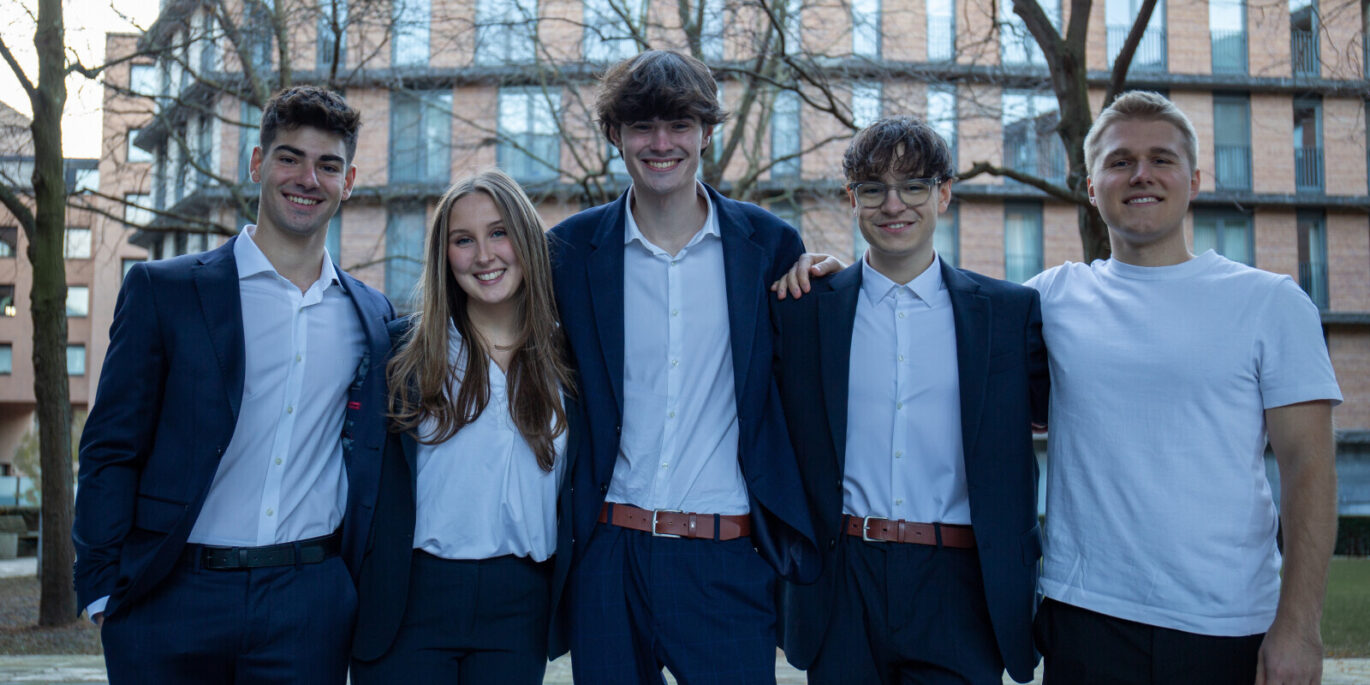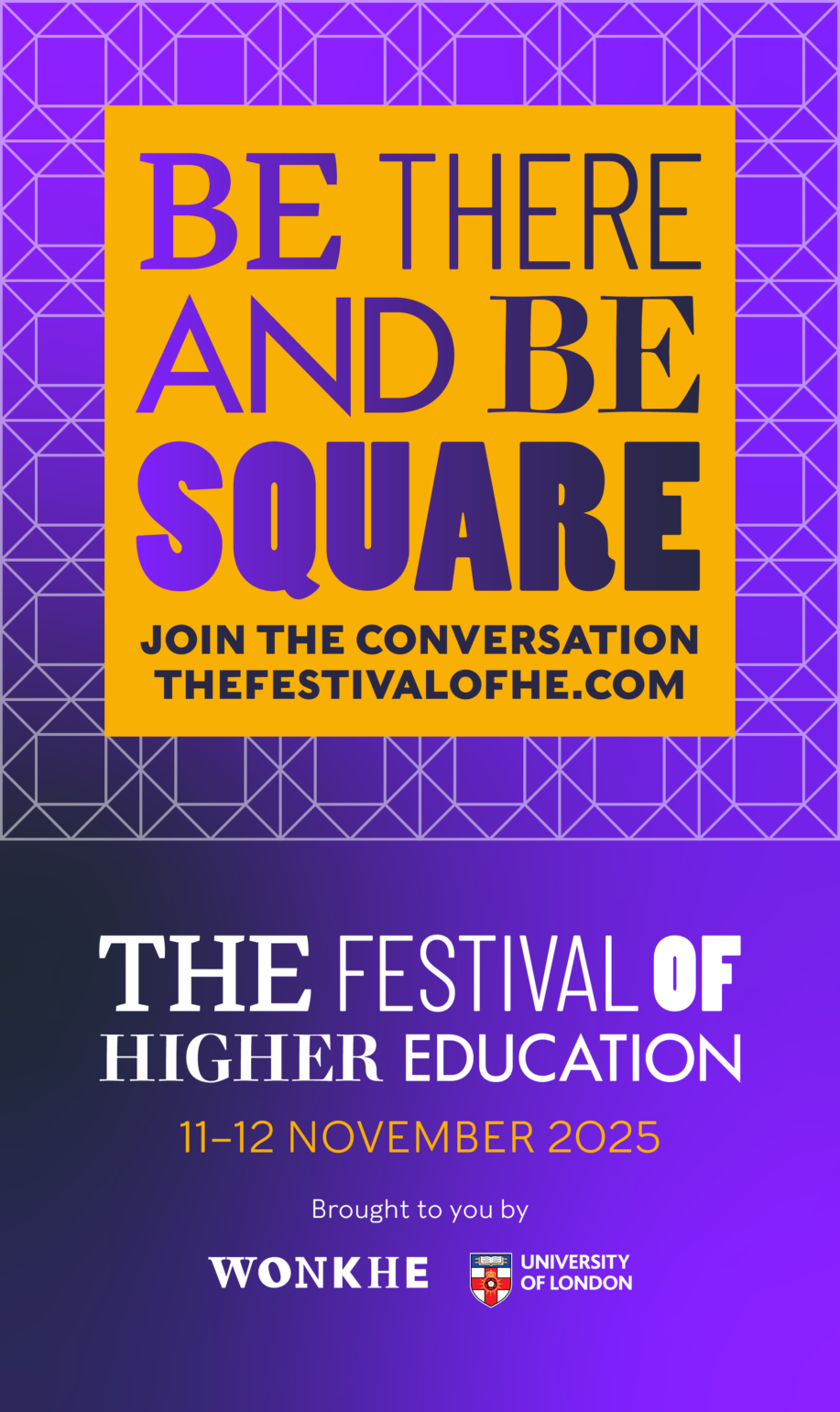In the past few weeks, we’ve seen a wave of misinformation about neurodiversity — from public figures making sweeping claims to bizarre narratives about everyday medicines like paracetamol supposedly “causing” neurodivergence.
That noise bleeds into university life, and as I deliver welcome training to sports clubs, I can’t help but see the need for greater awareness at campus level.
I recently came across a statistic that made me pause. A report from Unite Students in 2023 found that more than 14 per cent of university applicants say they have ADHD and/or are autistic. Yet less than half of those students take part in sport compared to their neurotypical peers. So this year I’ve set a goal to deliver the most inclusive training possible for our clubs and societies.
Given how huge the benefits of sport can be — belonging, mental health, dopamine regulation, academic performance — universities and student unions are missing a huge opportunity by not making sport more accessible to neurodiverse students.
Reaping the benefits
We all know that sport has big benefits for students — better wellbeing, stronger friendships, and more engagement with uni life. But for neurodiverse students, the impact can be even greater.
Exercise doesn’t just keep us fit — it changes how our brains work. For students with ADHD, research shows that dopamine activity spikes more during exercise, which boosts focus, mood and motivation. Training schedules also bring much-needed routine for neurodiverse students. Showing up to training twice a week, following a season calendar, even just sticking to a warm-up ritual helps students regulate emotions and manage time better. That structure feeds back into academic performance.
Joining a club also means joining a network. Where neurodiverse students feel lonely or isolated, sport offers a ready-made community where shared goals and structured activities help people feel part of something bigger. For someone who struggles to connect in academic or social spaces, that sense of belonging can be life-changing.
The friendships built in training sessions, socials, and matches tend to be structured and purposeful, which can make them easier to navigate than unstructured socialising. Over time, sport has been shown to reduce impulsivity, anxiety and stress — especially for students with ADHD. The result? Stronger levels of confidence and better communication skills.
There’s a serious side too: neurodiverse and disabled students are more likely to think about dropping out and face attainment gaps. Sport won’t solve everything, but it’s a simple, engaging and fun way to make a dent in those statistics. And importantly, it doesn’t require universities to reinvent the wheel.
Investing in inclusive sport means using systems that already exist — clubs, facilities, student communities — and making them more accessible so more students can share the benefits.
Making it happen
So, what can clubs actually do to make sport more inclusive for neurodiverse students? The good news is that most of the changes are simple, low-cost and actually make training clearer and more enjoyable for everyone.
1. Build awareness
Many coaches, captains and committee members simply don’t have experience working with neurodiverse athletes. That means they won’t naturally plan with inclusion in mind, not out of malice, but often because it hasn’t been on their radar. A short training session or even a few shared resources can make a huge difference in helping leaders think about accessibility from the start.
2. Adapt communication
Drills and instructions can be overwhelming if they’re only explained once or delivered too quickly. Try breaking them down into steps, repeating key points and allowing time for processing. Visual aids (diagrams, demonstrations, or even short clips) help massively. Our korfball club has already put this into practice by adding more step-by-step demonstrations, and it hasn’t slowed down sessions at all. If anything, it’s improved clarity for everyone.
3. Think about the environment
Sports settings can be sensory minefields. Loud whistles, shouting, bright lights, or crowded halls can make training inaccessible for some students. While you can’t change everything, you can reduce unnecessary noise, give advance warning about intense drills, and identify quieter corners of the training space where possible.
4. Create a culture of openness
One of the most powerful tools clubs have is their culture. If leaders actively encourage members to speak up about what helps them, students will feel safer raising their needs. This could be as simple as asking in welcome emails if members would like to share access needs confidentially, or setting the tone in team meetings that adjustments are part of normal practice.
5. Make your materials accessible
Accessibility doesn’t stop when training ends. Think about the content your club posts online:
- Use clear, simple graphics that support members with dyslexia (free templates on Canva already include accessibility tools)
- Check your colours — tools like Canva’s colourblind filters or Color Oracle let you test designs to make sure information isn’t being lost.
The key point is that none of these adjustments “dumb down” training or disadvantage neurotypical members. Clearer drills, more visuals and a friendlier culture benefit the whole team. Inclusion isn’t about extra work for a few students, it’s about better practice for everyone.
It’s time to reframe
Neurodiversity is often sensationalised or misunderstood in the media, and those narratives can shape how people act on campus. And that’s why sport is such a powerful tool – it challenges stereotypes by showing students as teammates first, not labels.
Some people worry about “inclusivity,” and this has only been heightened with debates about free speech or the EHRC’s stance on inclusion. But making sport more accessible doesn’t silence anyone or lower standards. It simply ensures that more students can take part, enjoy themselves and succeed.
And the lesson goes beyond sport. By making small, thoughtful adjustments and educating ourselves, we can create a culture where diversity is respected across the whole of society. At its heart, sport is about belonging. If our clubs can model inclusive practice, from how we train to how we welcome new members, we set the tone for a campus where everyone has the chance to thrive.



















